If you are new to the aquarium world or you just want fish that need less care than you can provide, then here is the place for you to be. Getting low maintenance because they are hardy, easy to feed, and are not frequently checked according to the sellers can give you hassle-free addiction to the aquarium. The joy of having an aquarium is in the visual pleasure it provides you as well as the aquarium’s silent world. However, you don’t need to devote all your time to it.
In this article, we will explore 10 Low Maintenance Aquarium Fish that are perfect for beginners or others who want to cut down on aquarium maintenance. Regardless of whether you have just started or are expanding the tank with new occupants, introducing such marine residents to your aquatic world can really add some life to it with only a little aid from you.
1. Betta Fish
Betta fish, also known as Siamese fighting fish, are among the most celebrated aquarium species that do not require a lot of maintenance. Though they are truly astonishing in their kingly appearance-they are not only glittering and frilly, but also quite tough and usually ask for very little care. Betta fish are known to be able to subsist in little aquariums, which is a perfect solution for those who are sadly out of a room for a gigantic aquarium. They prefer warm water and are the happiest when the water is not stale, although it’s still great if a tiny filter is provided.
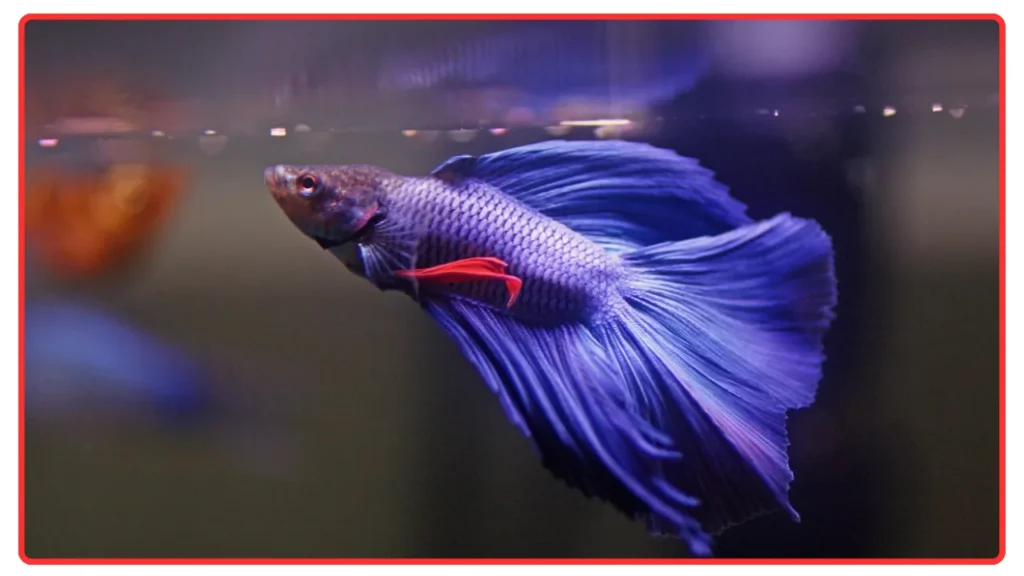
Care Tips:
- Keep the water temperature between 75°F and 80°F.
- Betta fish can live alone as they are territorial.
- Feed them once or twice a day with specially formulated Betta pellets.
2. Goldfish
Goldfish are another classic choice for beginner aquarists. In addition to their relatively low maintenance/per care, goldfish require more space than Betta fish. These fish are famous for their red color and can live for many years if you take care of them properly. Goldfish need a proper tank that has been adequately filtered since they release a lot of waste, so thus, water changes are necessary on a regular basis.
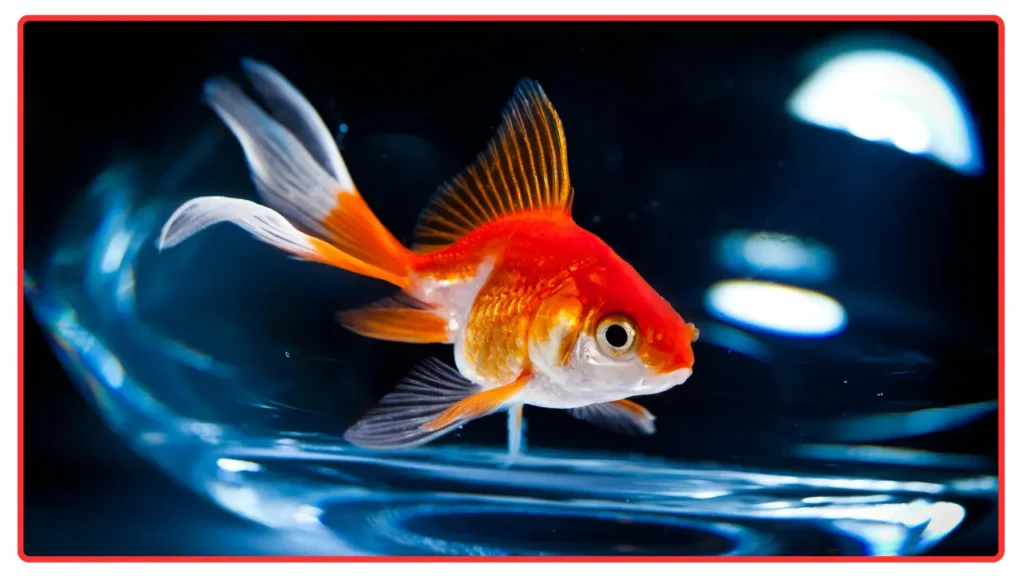
Care Tips:
- Provide a tank of at least 20 gallons for a single goldfish.
- They need a good filter and a heater (if you live in a cold climate).
- Feed them 1-2 times per day and avoid overfeeding.
3. Neon Tetras
Neon Tetras are small, colorful fish that are ideal for community tanks. Their glittering blues and reds make them the primary focus of attention in any aquarium. Neon Tetras are peaceful and like a lot of different types of fish. They prefer slightly acidic to neutral water and thrive in schools of six or more fish.
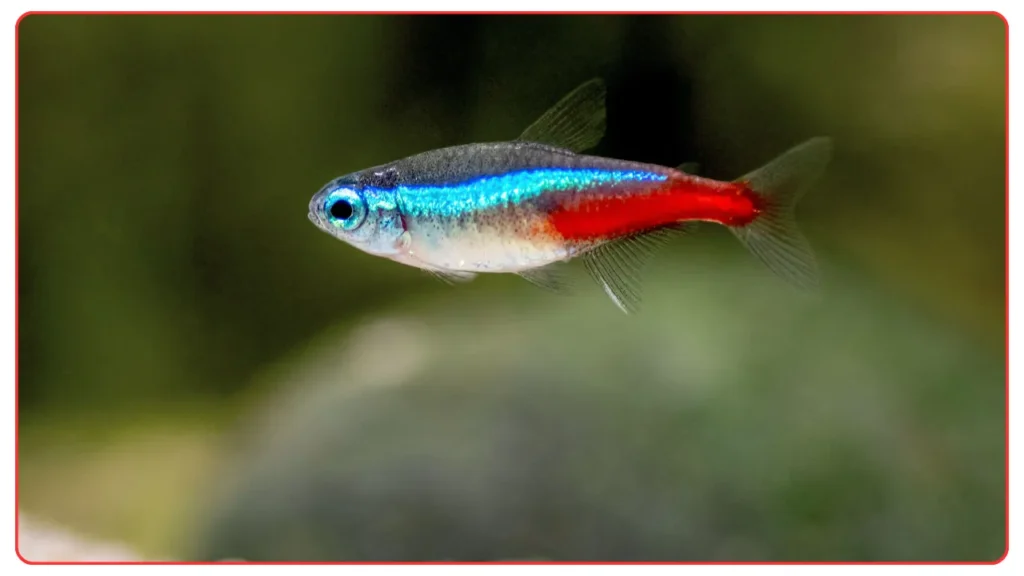
Care Tips:
- Keep the water temperature between 72°F and 78°F.
- Provide plenty of plants and hiding places in the tank.
- Feed them twice a day with flake or pellet food.
4. Corydoras Catfish
Corydoras Catfish are bottom dwellers that are marvelous at the cleaning of your aquarium. They are the social and harmonious type so they can manage themselves harmoniously in any community tank. Only Corydoras can efficiently eat up leftovers that usually fall on the floor of the tanks. Corydoras are also truly tough and bear water conditions of all ranges.
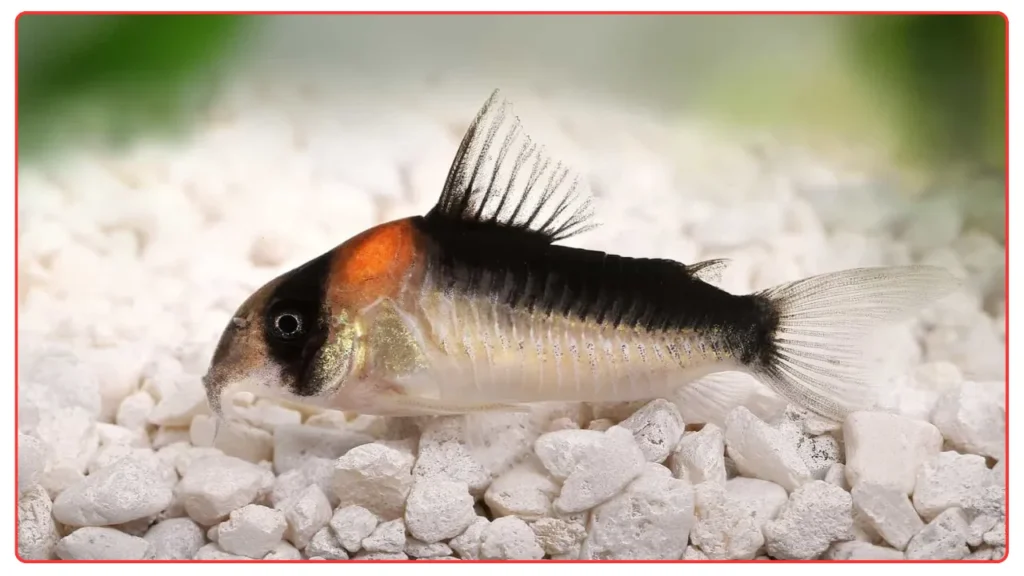
Care Tips:
- Keep them in schools of at least three or more.
- They thrive in slightly acidic to neutral water.
- Feed them sinking pellets and supplement with occasional live food.
5. Guppies
Guppies are tiny, agile, and multicolored fish in that come in various shades of colors and patterns. These fish are known for their ease of care and are perfect for those who are just getting started. Guppies are livebearers, which means that they give birth to live young, thus, unless you possess only male guppies, you may have to deal with the newborn guppies.
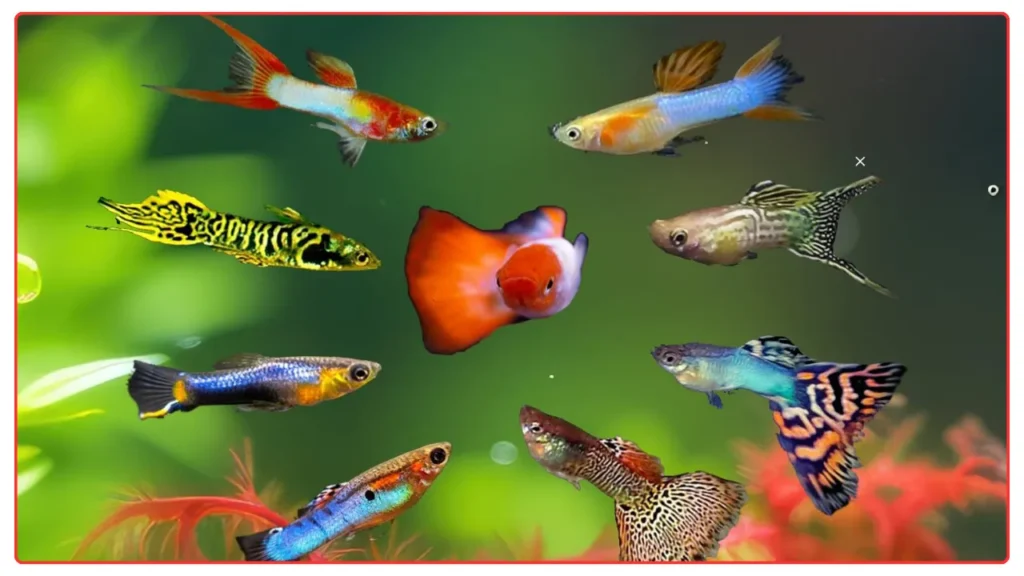
Care Tips:
- They prefer water temperatures between 72°F and 82°F.
- Guppies thrive in groups, so keep at least five.
- Feed them small portions of flake food twice a day.
6. Zebra Danios
Zebra Danios are vigorous, and considerably strong fishes with line-structured bodies. They are very simple to take care of and adjust to different water conditions very fast. Zebra Danios are the most playful of all fish, therefore they bring joy and interest into the tank community. They call for not much area and they are able to stay for a long time in small aquariums depending on whether they are well-taken care of.

Care Tips:
- Keep water temperature between 65°F and 75°F.
- Zebra Danios are social fish, so keep them in schools of at least five.
- They are omnivores and will eat a variety of foods, including flakes and frozen food.
7. Mollies
Mollies are quiet fish that are of various shades, such as black, orange, and silver. They are easy to take care of and they bring out babies as guppies do. Mollies can be on their own even with clear water but they really love being, a little bit, salty water. They are sociable fish and they can live in small groups.
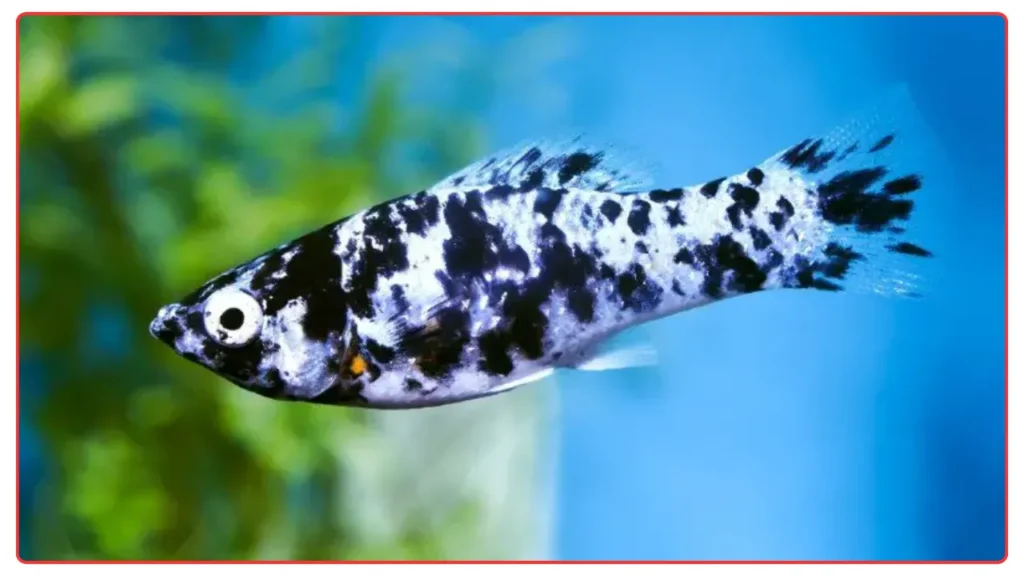
Care Tips:
- They prefer slightly brackish water (a bit of salt).
- Keep them in schools of at least three fish.
- Feed them a balanced diet of flakes and occasional veggies.
8. Platies
Platies are also a rich and low-maintenance fish species as their very nature makes them ideal inhabitants of an aquarium for beginners. The fishes of different shades of color and their reputation for being both peaceful and simple to care for are what make them famous.
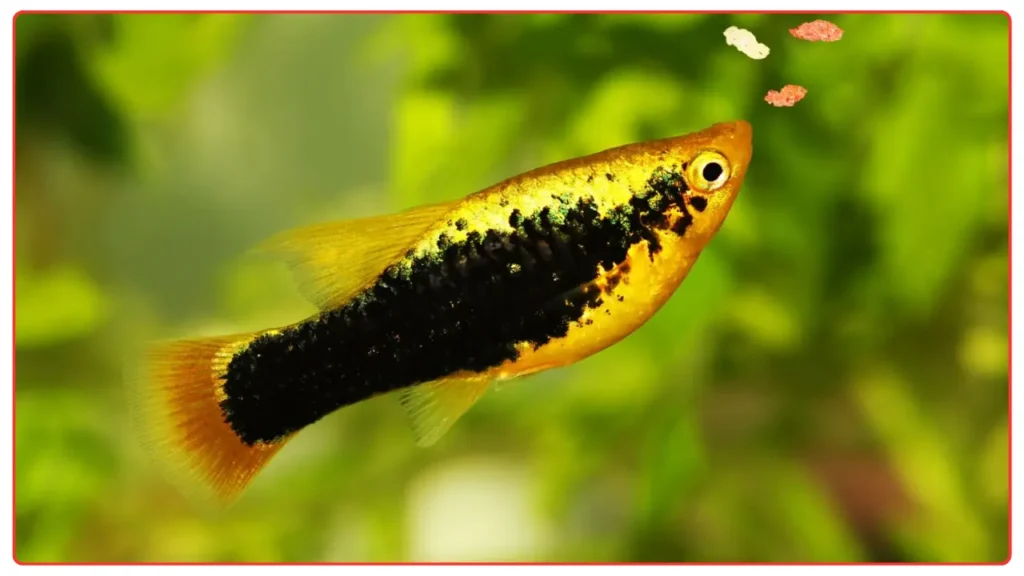
Care Tips:
- Keep the water temperature between 70°F and 80°F.
- Platies do well in schools and are very social.
- Feed them small portions of flake or pellet food twice a day.
9. Swordtails
Swordtails are a perfect fit for community aquariums tanks to their passive temperament. These fish are simple to care for and are known for the unique “sword” shape on the males’ tails. Swordtails are livebearers hence they will reproduce provided both sexes are in the tank.

Care Tips:
- Keep the water temperature between 72°F and 82°F.
- Provide plenty of plants and hiding spaces for them.
- Feed them a variety of foods, including flakes, pellets, and live food.
10. Cherry Barbs
Cherry Barbs are diminutive and serene species that can be ideal for those who still get the gist of fishkeeping. Additionally, the bright red color of Cherry Barbs makes them a unique member of the aquarium family. Furthermore, their low needs and ability to survive in diverse aquatic environments are added advantages to learners. Quite likely, Cherry Barbs prefer congregating, and even then, they are normally found in schools.
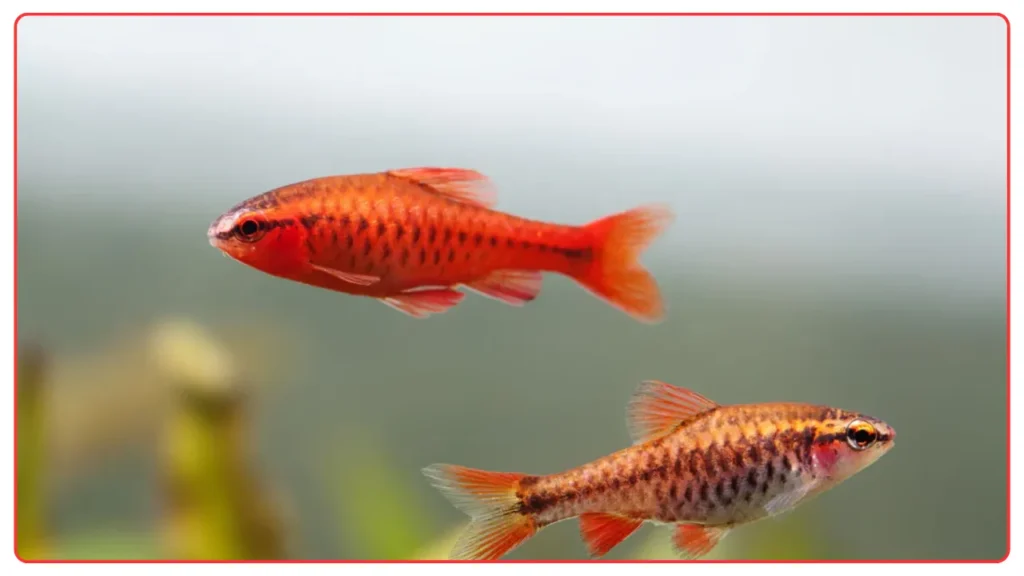
Care Tips:
- Keep the water temperature between 75°F and 80°F.
- Cherry Barbs should be kept in groups of five or more.
- Feed them a balanced diet of flakes or pellets.
Conclusion: Why Choose Low Maintenance Aquarium Fish?
Choosing the right fish for your aquarium can be a tricky task, but low maintenance aquarium fish significantly simplify the procedure. Besides being very easily manageable, they are also able to adapt to a plethora of different water conditions and thus are ideal for beginners. A bright Betta Fish resembling a color palette, a placid Goldfish, or a sprightly Zebra Danio – each of these fish can delight you with their frivolity and carefree nature if you have a fish tank. Once you make the right low-maintenance fish selection, you can walk away carefree, delving into the graceful world of an aquarium.
FAQs
1. How often should I change the water for low-maintenance fish?
For low-maintenance fish, changing 10-15% of the water every 1-2 weeks is usually sufficient, depending on the size of your tank and the number of fish.
2. Can I mix different low-maintenance fish?
The answer is yes many low-maintenance fish are compatible with one another. Even so, do check the level of compatibility between species before adding new ones so that you will not have any territorial disputes or aggression.
3. How much should I feed low-maintenance fish?
Give your low-maintenance fish only one small portion once or twice a day. Overfeeding is a major problem as it results in water pollution and the ill-health of your fish.
